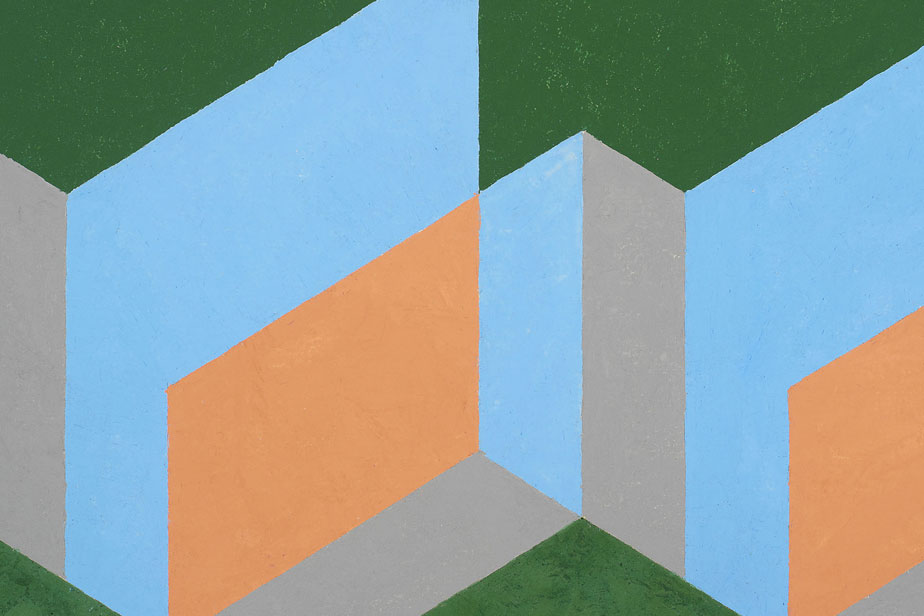Josef Albers, born in 1888, was a German-American painter, sculptor, teacher, part, and art theoretician. His color square paintings positioned him as an important innovator of the styles known as Op art and Color Field painting.
Albers studied printmaking and painting in various cities in Germany from 1908 to 1920 while also teaching at an elementary school in the town of his birth. In 1920 he became a student of the famous colorist, Johannes Itten when he attended the Bauhaus in Weimar. He joined the Bauhaus as a stained glass maker and later dabbled in furniture making, typography, and metalwork.
It was only when he became a master at the Bauhaus in 1925 that he began to explore a style of painting that included abstract shapes and primary colors.
Albers left Germany in 1933 when the Nazi government closed the Bauhaus. He was invited to curate the fine-arts curriculum at a college in North Carolina where he lived until 1949. He then spent a decade at Yale in the capacity of chairman of the art department.
After the artist relocated to the United States, he began to focus on creating a series of paintings that distorted the viewer’s perception. The most famous of this series is Homage To The Square. He began this series in 1950 and continued on until his death.
This series is restricted to a number of squares layered on top of one another. The color and position of these squares were carefully considered in order to create an optical illusion for the viewer. The squares seem to be distorted in shape, size, and color depending on where it is viewed.
Homage To The Square formed the foundation for the first solo exhibition by a living artist at the Metropolitan Museum of Art in New York City in 1971. The artist died in 1976 in Connecticut.
1. Grid Mounted
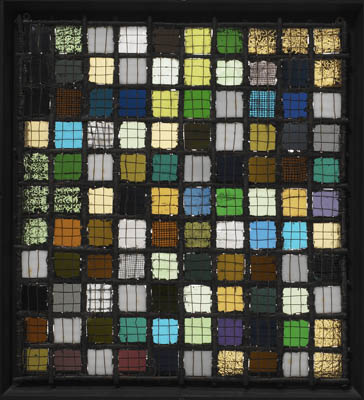
‘Grid Mounted’ was created in 1921 by Josef Albers in Abstract Art style.
2. Impossibles
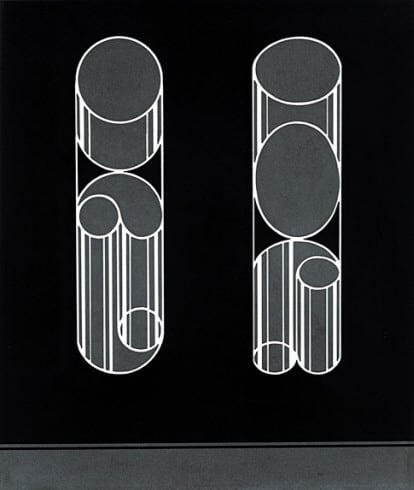
‘impossibles’ was created in the year 1931 by Josef Albers in Constructivism style while he was a professor at the Bauhaus.
3. Graphic Tectonic
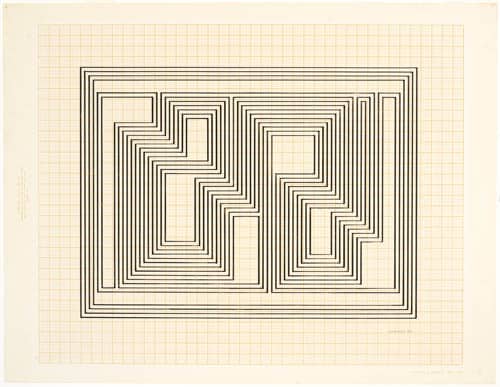
‘Graphic Tectonic’ was created in 1941 by Josef Albers in op Art style it contains a series of zinc plate lithographs.
4. Homage to The Square (La Tehuana)
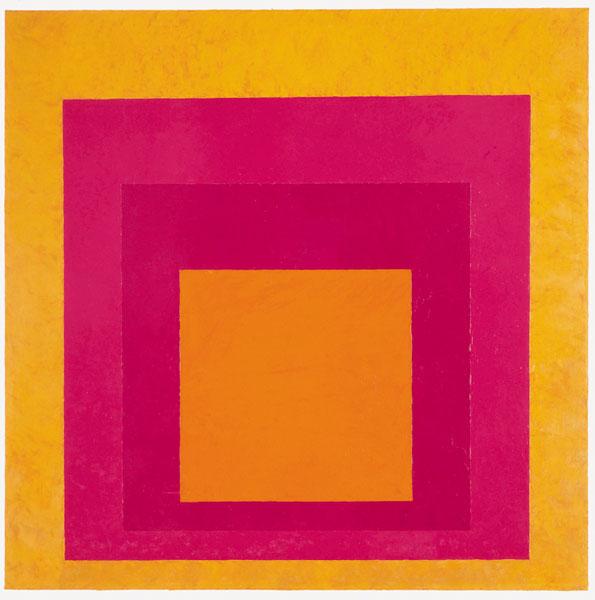
‘Homage to the Square (La Tehuana)’ was made in the year 1951 by Josef Albers in Hard Edge Painting style.
5. Manhattan
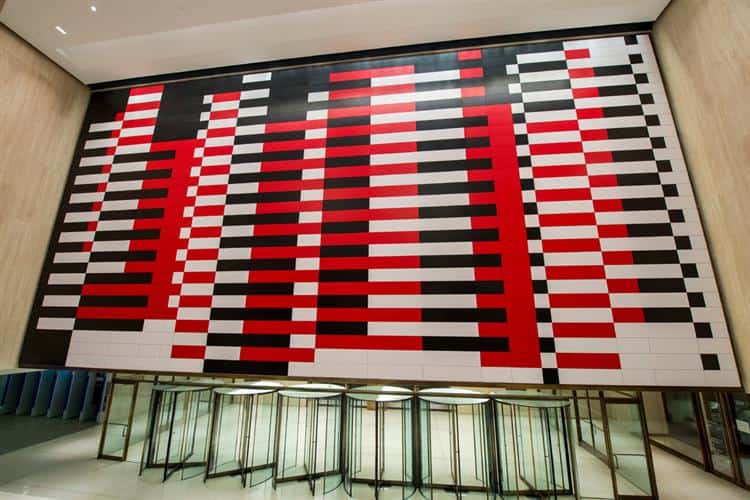
Manhattan is a large-scale mural by the German artist and colorist Josef Albers made in the year 1963 in Hard-edge Painting style.
6. Standing Bird, Front View
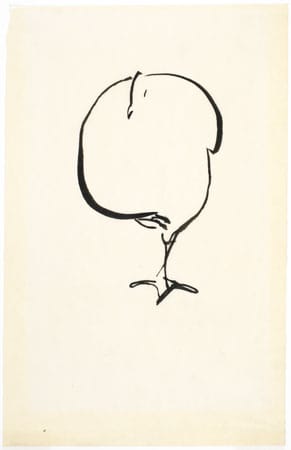
‘Standing Bird, Front View’ was created in 1917 by Josef Albers in Expressionism style.
7. Rolling After
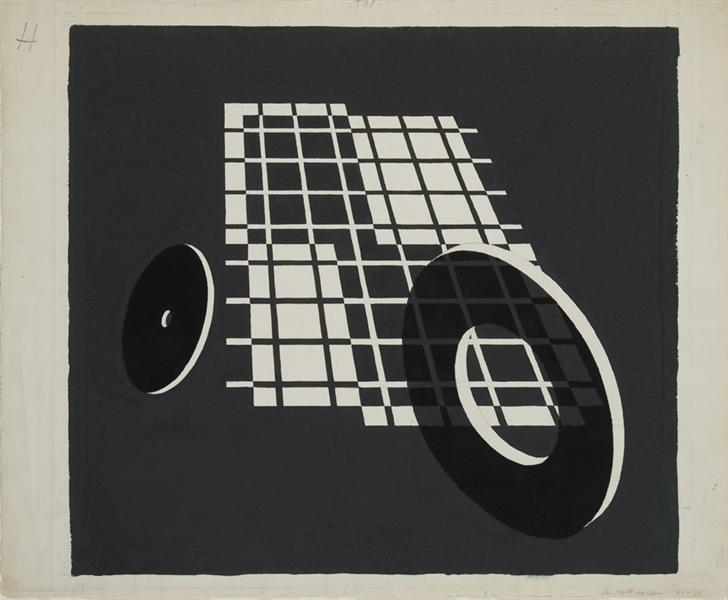
‘Rolling After” was created in the year 1928 by Josef Albers in Constructivism style.
8. Factory
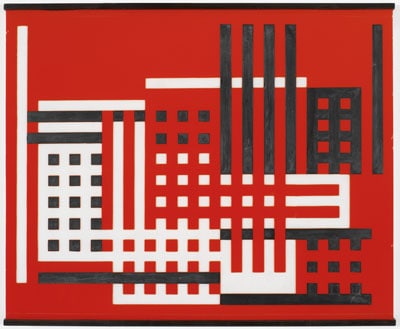
‘Factory’ was made in the year 1925 in Constructivism style by Josef Albers.


